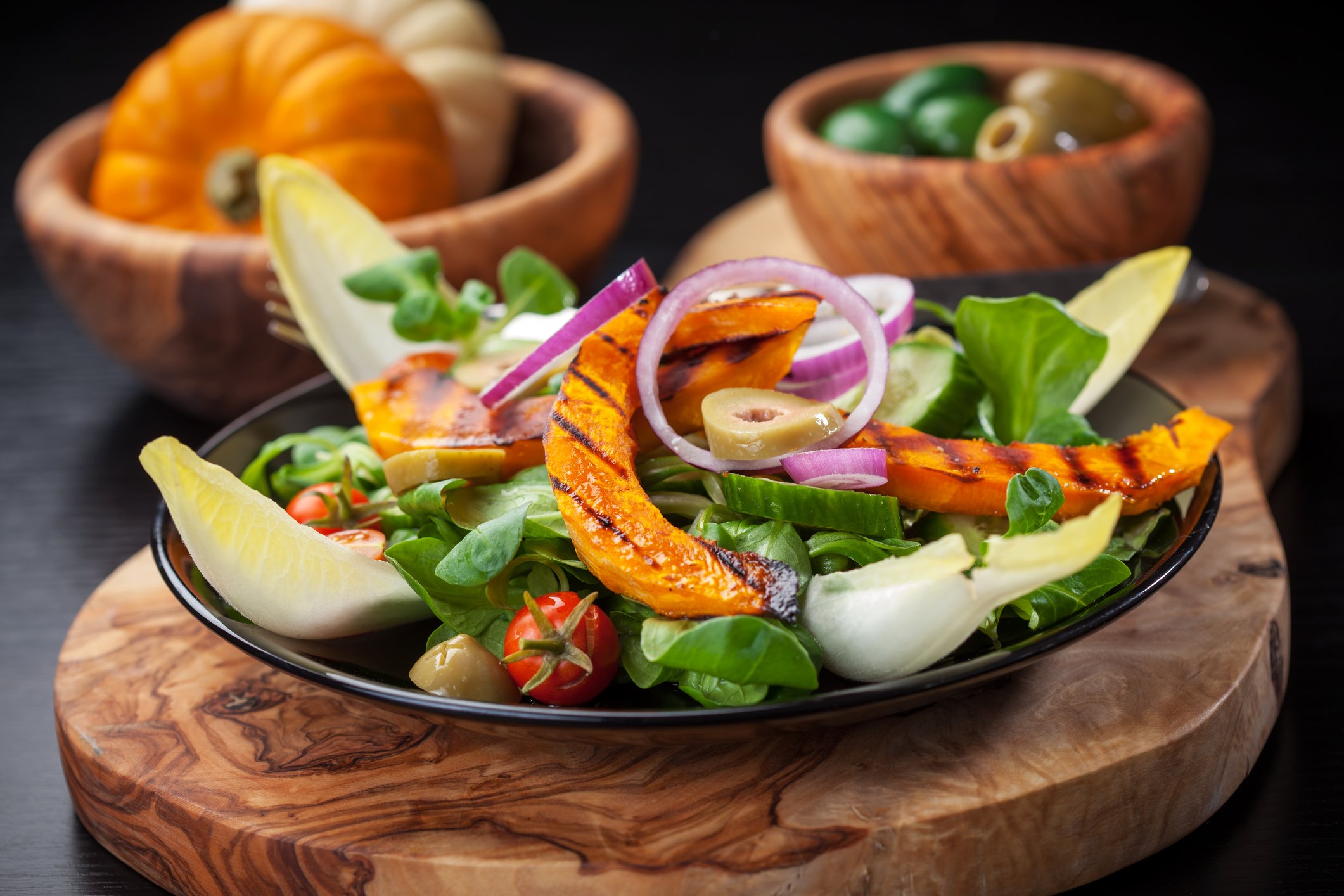
Blog

Reflecting on 2024: Fueling Brains and Building Resilience
2024 was a year of growth and resilience for me. I navigated significant personal changes, including a broken hand, which forced me to prioritize self-care and truly embody the principles I teach. This experience reinforced the importance of focusing on the fundamentals: food, sleep, movement, breathing, and supportive connections.